Industry series interview: Thomas Gröninger-Swietelsky
We had the pleasure of speaking with Thomas Gröninger from Austrian construction company Swietelsky AG. Thomas shared his insights on the transformative role of technology in the AEC sector, the challenges of digital adoption, and the future of sustainable practices.
Can you share a bit about your journey in the AEC technology industry and how you got started?
I started my journey as a site manager for infrastructure projects. I m really open minded regarding new technologies and Lean Construction. I had a lot of processes which costed me a lot of time and effort. I started to optimize construction processes to have a smoother and more efficient workflow doing my job as a site manager. After that I switched to a full time job doing this for different topics like for Mapping and BIM. I build up different groups and business units in a large construction company for digitalization to bring that mindset and technologies international. It’s like a digitalization fever. Until you see business unit working digital on their own, it is the proof that you did all right.
How has technology transformed the way projects are conceptualized, planned, and executed in the AEC industry during your career?
The most influence was or is BIM. As an requirement on some market in public tenders, there is no question if we want to transform. We have to!
Other technologies are improving the efficiency of some part of the construction process which makes it faster and in higher quality.
As someone deeply involved in AEC tech, what challenges have you encountered, and how have you overcome them?
The biggest challenge is the human challenge. The mindset and the fear to loosing competence while implementing digital tools and technologies. You need to understand different languages spoken on site, management, c-levels, etc. You need to translate your knowledge in different languages (I don’t talk about real language 😊)
Considering the current technological advancements, where do you see the future of AEC technology heading in the next 5-10 years?
Very clear for me. A.I. machine learning, deep learning. Robotics. Look at the development of robotics. Take as an Example that Robo-Dog. Technical that machine works. But there are not really use cases on site, because this dog is lacking in intelligence. Some companies are using it for their image but its fake.
Collaboration is crucial in AEC projects. How have collaborative tools and platforms evolved, and what role do they play in enhancing project efficiency, especially with diverse stakeholders like designers, engineers/surveyors, project managers and client owners?
You are talking about BIM. Let’s say the people are still in a learning curve. Depends also on the market we are looking to. Germany e.g. ist political on a high digitalization level, but the reality in a project can be the complete opposite. Paper, Emails, Letters, no CDE, etc. Some international project sometimes have some really high level communication platforms but it is more an exception then a standard.
Sustainability is a growing concern. How do you perceive the role of AEC technology in promoting sustainable practices within the industry?
For me sustainability is really important. I m also following that topic in my private life.
So many technologies are combined with sustainability. Look at GIS. We measure some Geodata on a project and can use it with GIS also in 5 years for a another project. Same for geological investigations and other Data. I remember an example where a university analysed how often the same wall is measured on a construction site because the people don’t share information.
At the moment sustainability is more a politcal issue, but we need to bring that understanding and knowledge to everyone on the construction industry.
With the rise of BIM (Building Information Modeling), how do you think it has impacted the design and construction phases of AEC projects, and what do you anticipate for its future?
For Building it is more developed then for infrastructure projects. So for infrastructure projects, the designers are not really delivering or working with BIM. Why? Because they have not the requirement from the clients. Because to design in BIM is more expensive then to design in old school way. Somebody who is responsible for the lifecycle of a building needs to pay for it.
As technology advances, there’s often a learning curve for industry professionals. How can the AEC sector ensure a smooth transition for its workforce into more tech-driven practices?
Step by Step and with different translations for different levels. The next generation will expect that tech driven workflows. Otherwhise they wont decide for a job in the construction industrie.
Are there any specific trends or emerging technologies in AEC that you find particularly exciting or promising for the industry’s future?
A.I. is for many people just a marketing flop, because currently it is not really A.I. It is a littlebit deep learning with not really good results. But in the future we can expect here a big change.
Looking beyond technology, what cultural or mindset shifts do you believe are necessary for the AEC industry to fully embrace and capitalize on technological advancements?
On the one hand we need to get an open minded basis on site to bring technologies to the construction process. On the other hand we have an average age of over 40 years on site and not everyone is familiar using new technologies. New staff is coming is learning the old way. We need to educate young people before they start their on site. The older generation we need to inform, train and pull into the new processes. Not push, pull! If you push, you’re doing the top down mistake.
How do you see the role of technology in bridging the gap between the physical and digital worlds within the AEC industry, and what impact do you think this connection will have on project development and execution?
It is needed to offer trainings and to be able to offer personal support to step into the digital world. How children learn do cycle? You explain it to them and then you assist them until they can manage it themselves. Same with the gap between physical and digital world.
Lastly, reflecting on your career, what advice would you give to young professionals entering the AEC technology field today?
Go first on a construction project and learn and feel the process to get an understanding of construction requirements. Then take your knowledge and try to think different and optimize processes. It’s the same like the McDonald brothers did it. They lived the conventional restaurant process and optimized it. That’s Lean. And Lean is not something which everyone needs to learn, it is just a personal attitude.
Book a Demo
Discover how Infrakit connects your entire infra project operations and drives value to every part of your business.
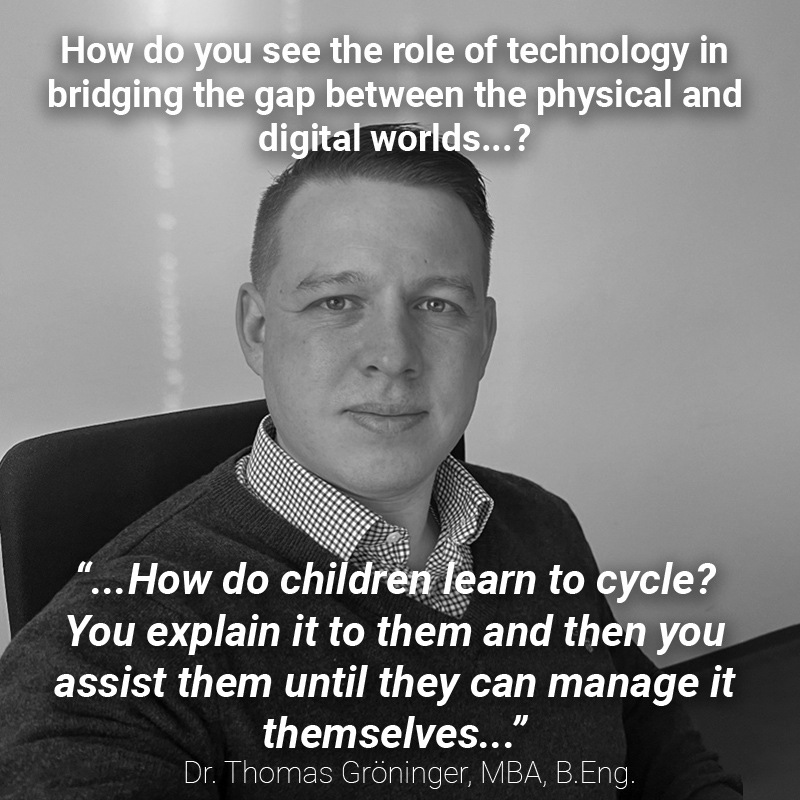
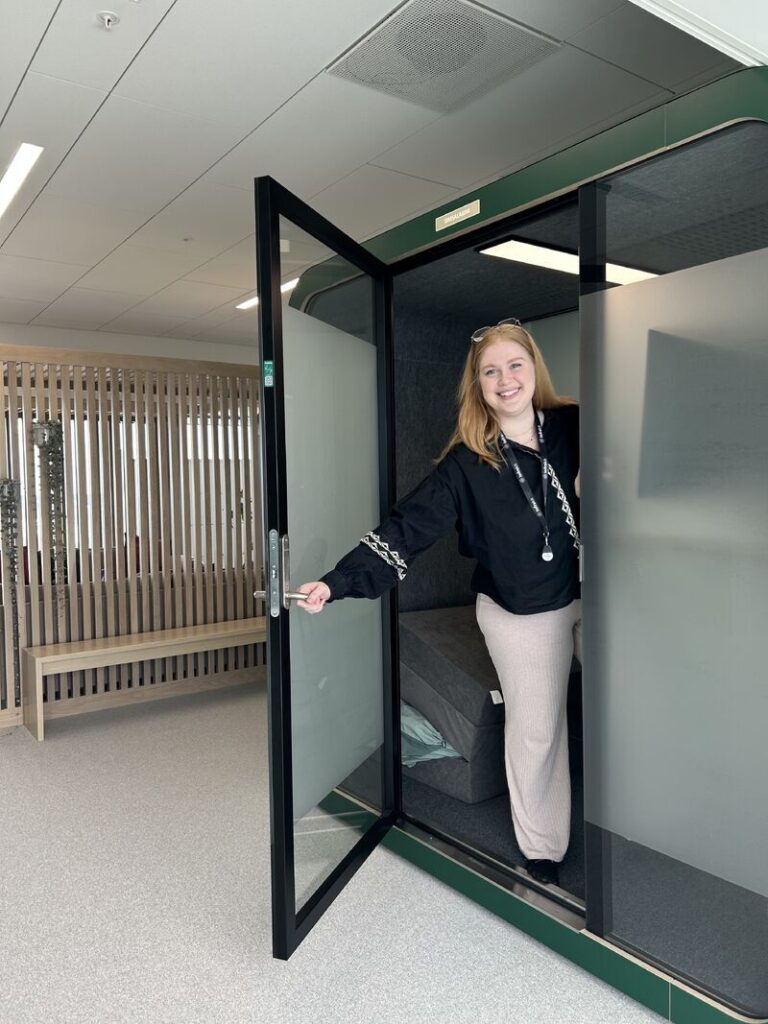
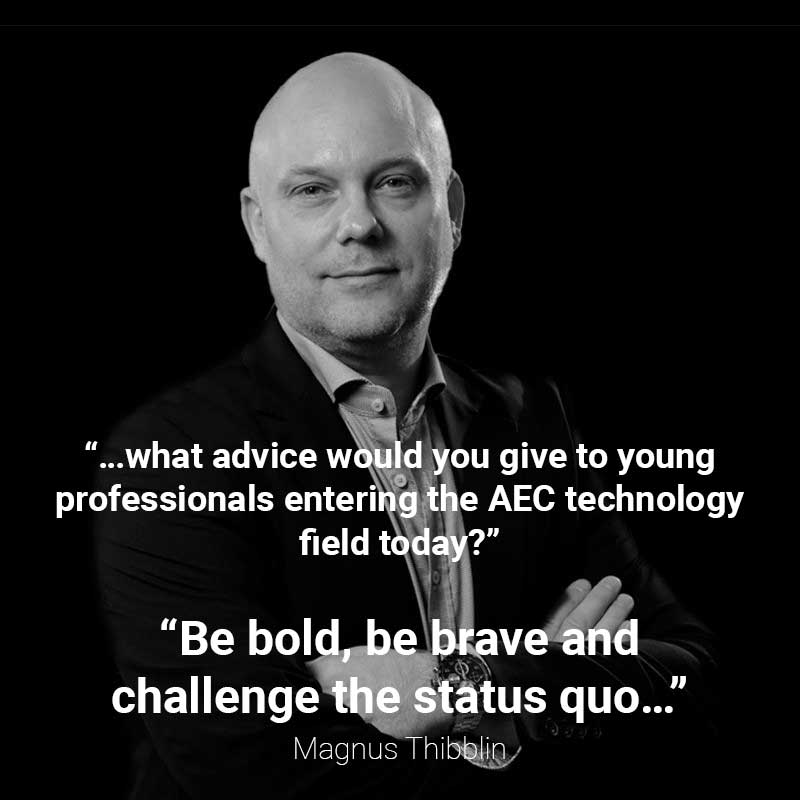
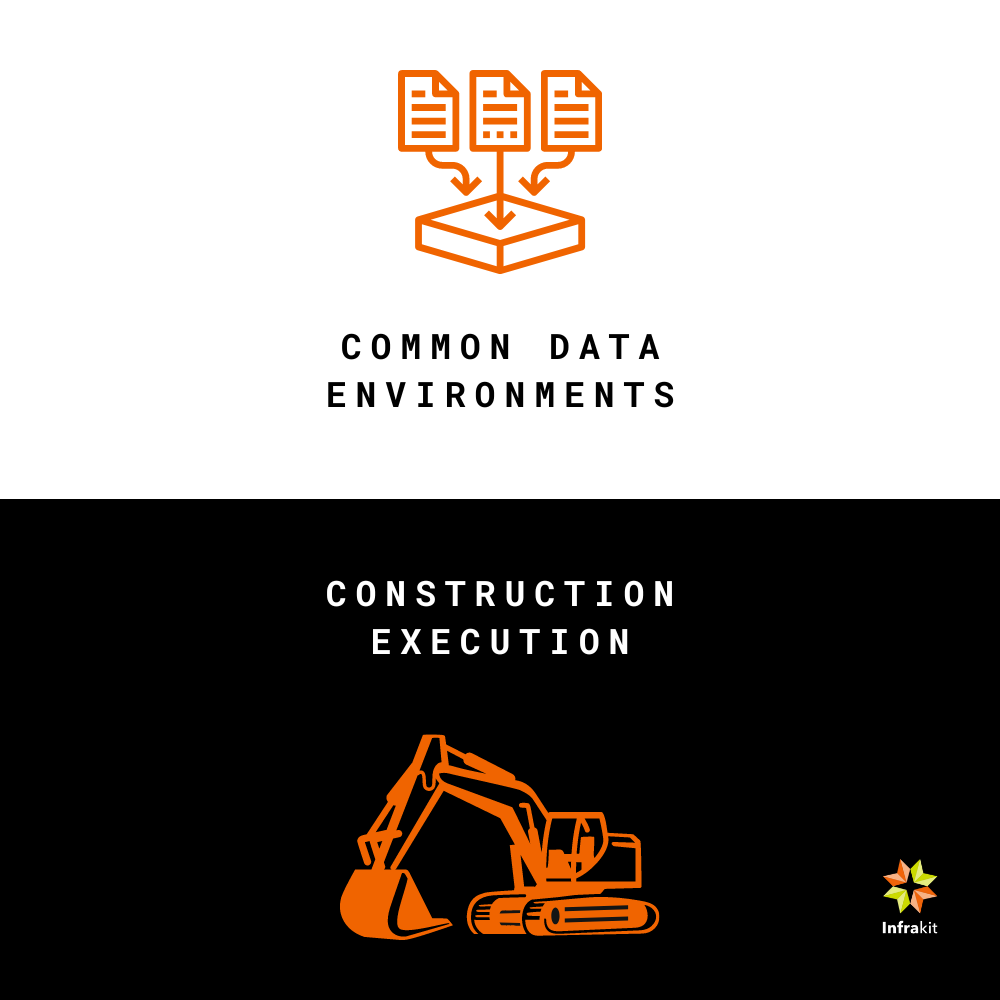
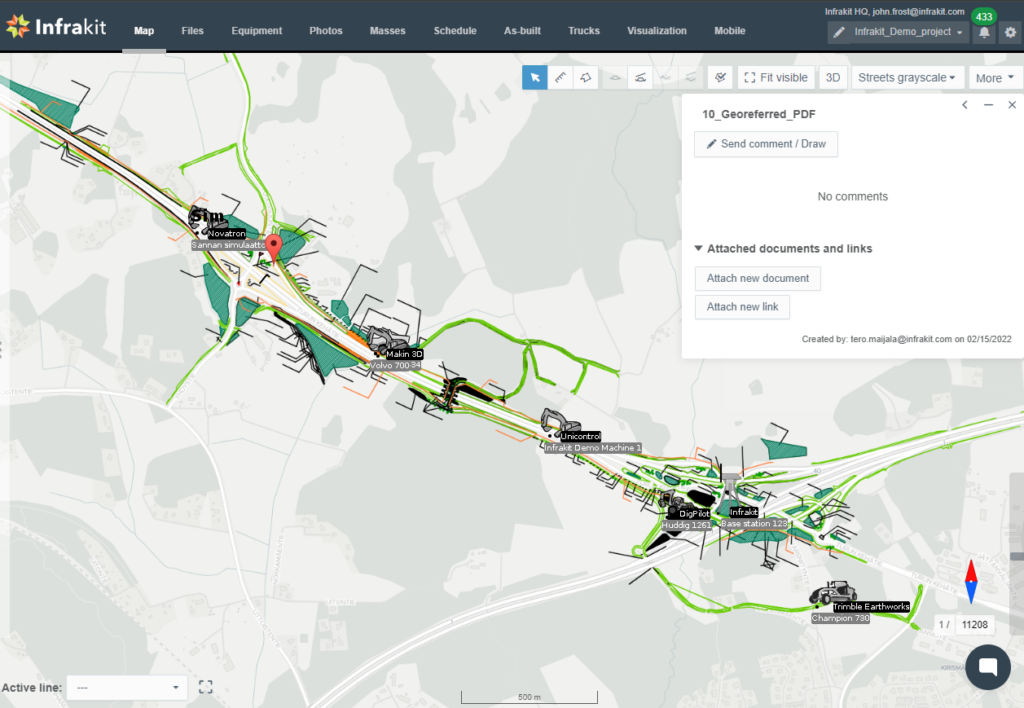


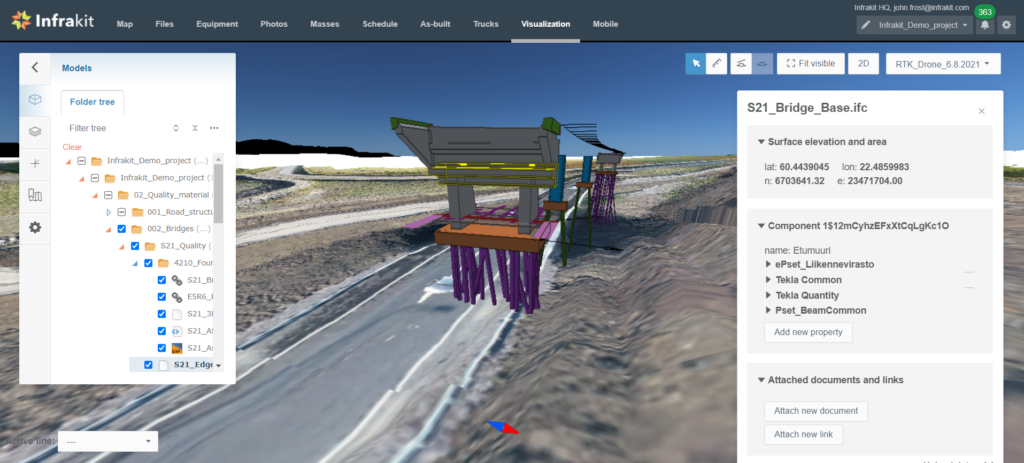
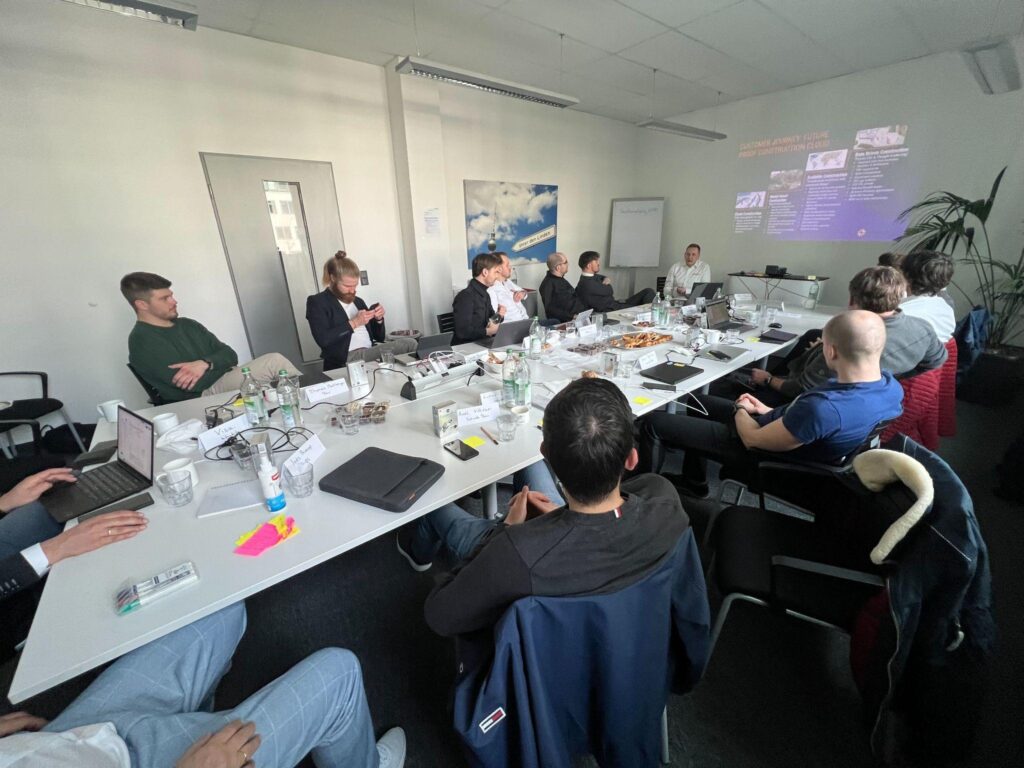

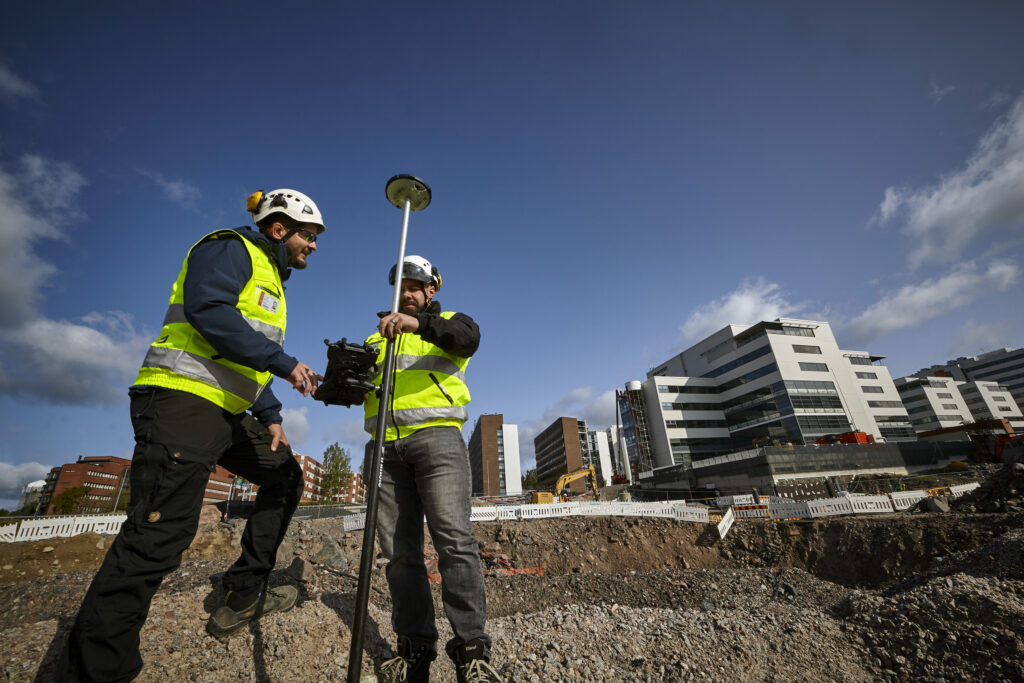


Recent Comments